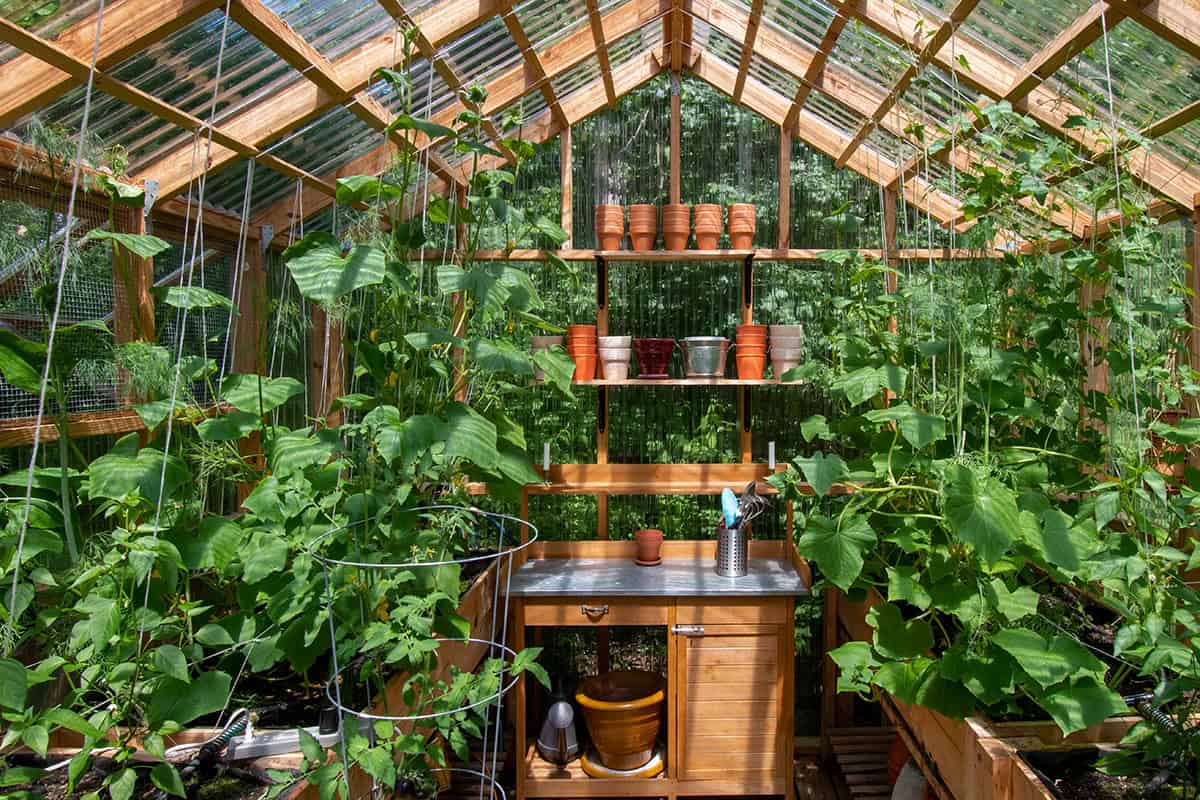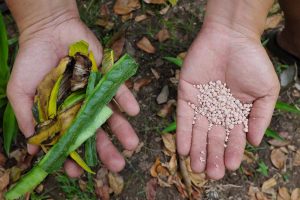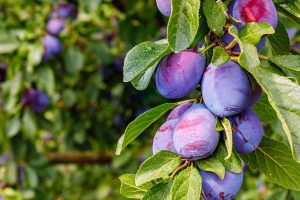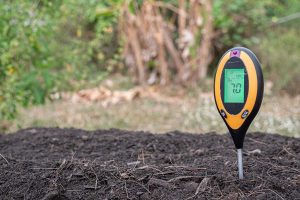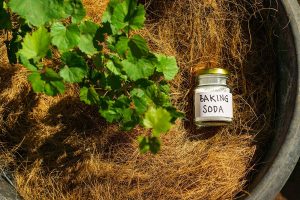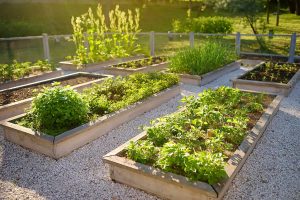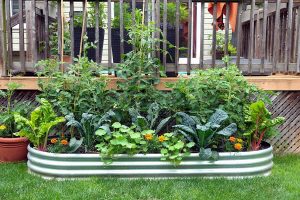A greenhouse opens up a whole new world of gardening—you’re no longer tied to the seasons. With the right setup, you can enjoy fresh growth all year long. Keep reading to learn how to grow plants year-round in a greenhouse.
Table of Contents
Benefits Of Growing Year-Round In A Greenhouse
Inside a greenhouse, plants get some much-needed shelter from nasty weather—rain, wind, sudden frosts, wild temperature swings, all of that. It’s a much more predictable spot for them to grow.
Heating and ventilation systems mean you can tweak the temperature as needed. Sensitive plants get a fighting chance in winter, and you can keep things from turning into a sauna in July. That kind of stability is just good for plant health.
Pests and diseases have a tougher time invading a closed structure. As long as you keep things reasonably clean, you’re less likely to wake up to a surprise infestation. Plants tend to stay healthier when they’re not under constant attack.
Seedlings can get an early start, and mature plants will keep on producing even after outdoor conditions turn rough. That means more harvests, and fresher food, for a longer stretch each year.
It’s possible to grow crops out of their usual season, too. Tomatoes or lettuces can be ready even in the chillier months, which is pretty nice for mixing up your meals.
And if you’re curious, a greenhouse lets you try your hand at growing unusual or even tropical plants. There’s a lot more flexibility in what you can experiment with.
Harvest times become more predictable, less at the mercy of the weather. You can plan better, and fresh produce sticks around in your kitchen much longer.
Choosing The Right Greenhouse
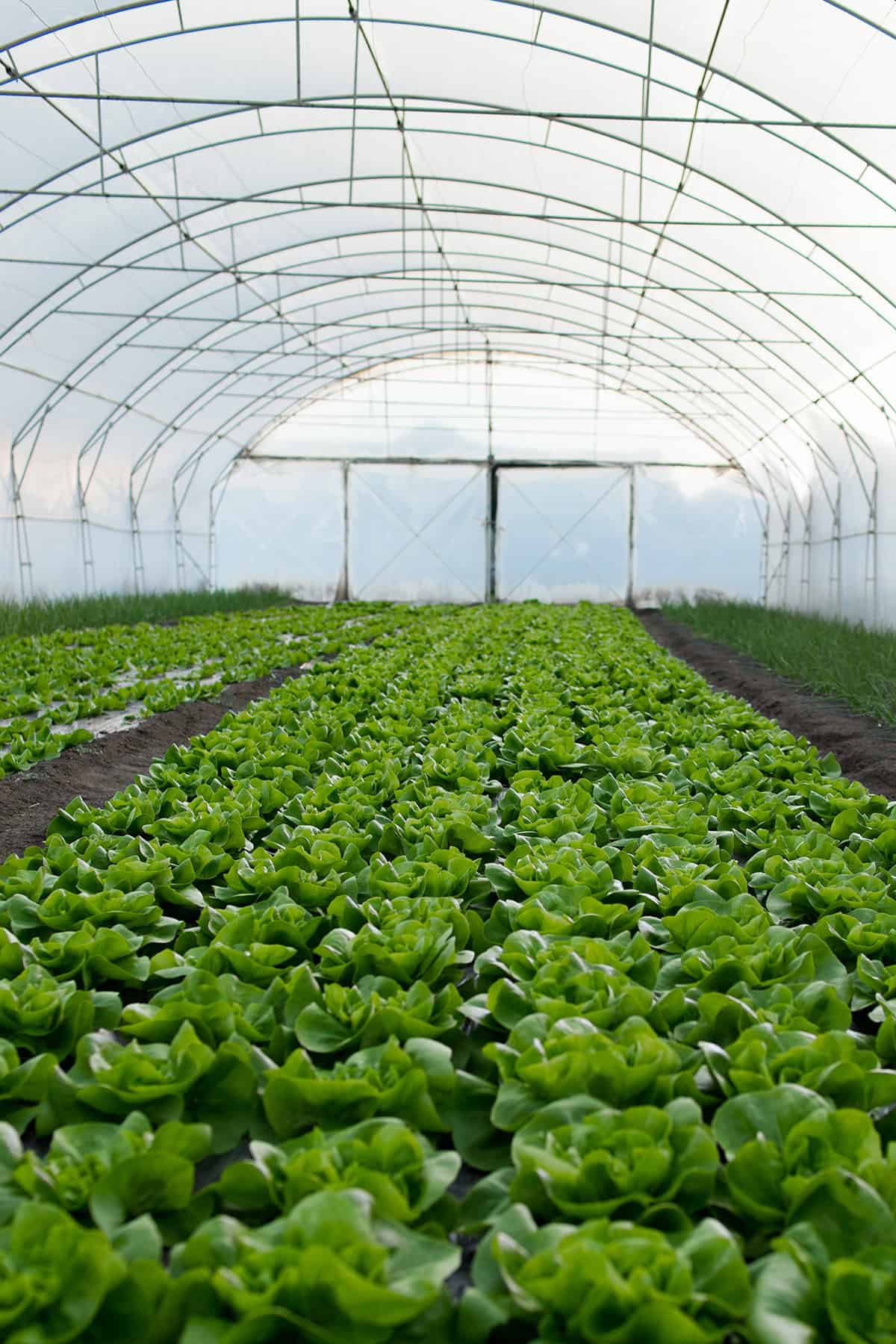
Your greenhouse choice really does shape how successful your year-round gardening turns out. Materials, style, size—they’re all worth thinking about. Pick something that fits your climate and your available space.
Polycarbonate panels insulate well, while glass is classic and lets in loads of sunlight. Polyethylene film is lightweight and budget-friendly if you’re just starting out.
Freestanding structures let in light from all directions. Lean-to greenhouses are space savers but don’t get quite as much sun. Location matters, so take a look at your yard and see where the light actually falls.
Don’t forget about ventilation and insulation. Vents and fans help keep things from getting muggy, and double layers on the walls can help trap warmth in winter.
Give yourself enough space to move around, not just for the plants. A cramped greenhouse gets frustrating fast, especially once you start adding more pots or trays.
Having water and electricity nearby makes things easier. Think about shelves, benches, and storage too. If possible, avoid putting the greenhouse under trees or in deep shade.
Maintenance is another factor. Polycarbonate panels are tough, glass needs cleaning, and each material has its own quirks. If you’d rather not fuss over repairs, check durability and warranty before deciding.
At the end of the day, match your greenhouse to your goals. Different setups work for hobbyists and year-round veggie growers. Pick what feels right for your climate and what you want to grow.
Heating Your Greenhouse In Winter
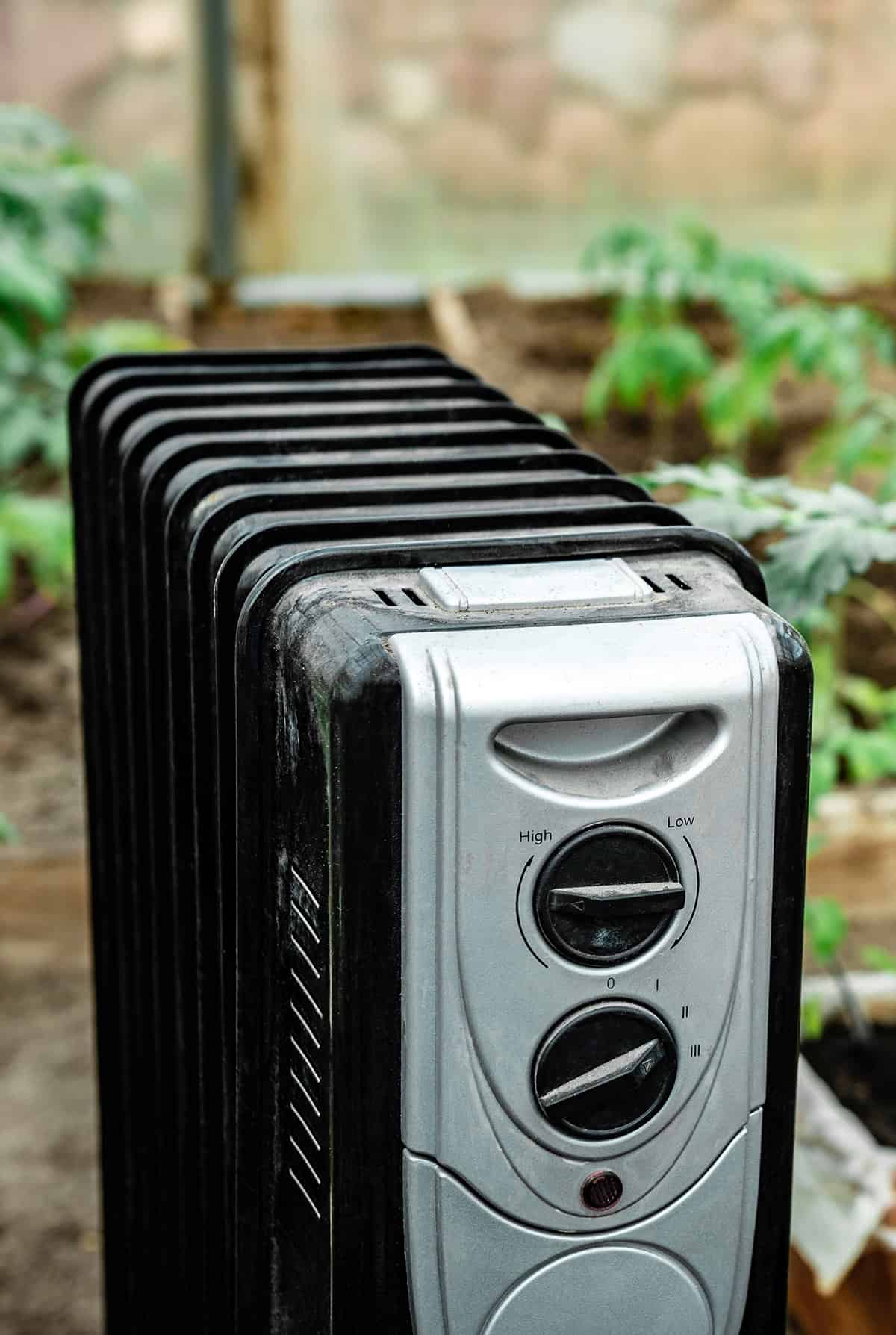
Keeping things warm during the cold months is key if you want your plants to make it. Sunlight might do the job during the day, but nights can get chilly fast.
Electric or gas heaters are reliable options for steady warmth. Just make sure there’s enough ventilation so you don’t end up with too much moisture or gas inside.
Some folks go for passive heating—water barrels or jugs inside the greenhouse soak up heat during the day and give it back at night. Even a thick layer of mulch can help keep roots cozy and buffer temperature swings.
In smaller greenhouses, a space heater or heat mats under trays can be enough for more sensitive plants. Safety first—automatic shutoff features are a must.
Try using greenhouse insulation or bubble wrap over windows to trap heat. Adding an extra layer at night can make a noticeable difference.
Keep an eye on the thermometer. For most veggies and ornamentals, you’ll want the nighttime temperature to stay above 40°F (4°C).
Cooling And Ventilation In Summer
Summer heat can turn a greenhouse into an oven. Plants start to suffer when it gets above 90°F, so keeping things cool is pretty important.
Airflow is your friend here. Opening doors and roof vents lets hot air out and cooler air in. Automatic vent openers can help so you’re not constantly running out to adjust things.
Shade cloth is great if your greenhouse gets blasted by the sun. Drape it over the roof or walls to cut down on the intensity but still let enough light in for growth.
Fans can help, too. Aim them to push fresh air toward your plants and move warm air out, but avoid blasting delicate seedlings directly.
Humidity climbs in the summer, so good ventilation also helps prevent disease. Using a mix of passive and powered ventilation usually gives you the best air exchange.
Ideally, try to keep the inside temperature within 5°F of the outdoors. Check your thermometer regularly. Adjusting airflow keeps your plants strong through the hottest months.
Best Plants For Each Season
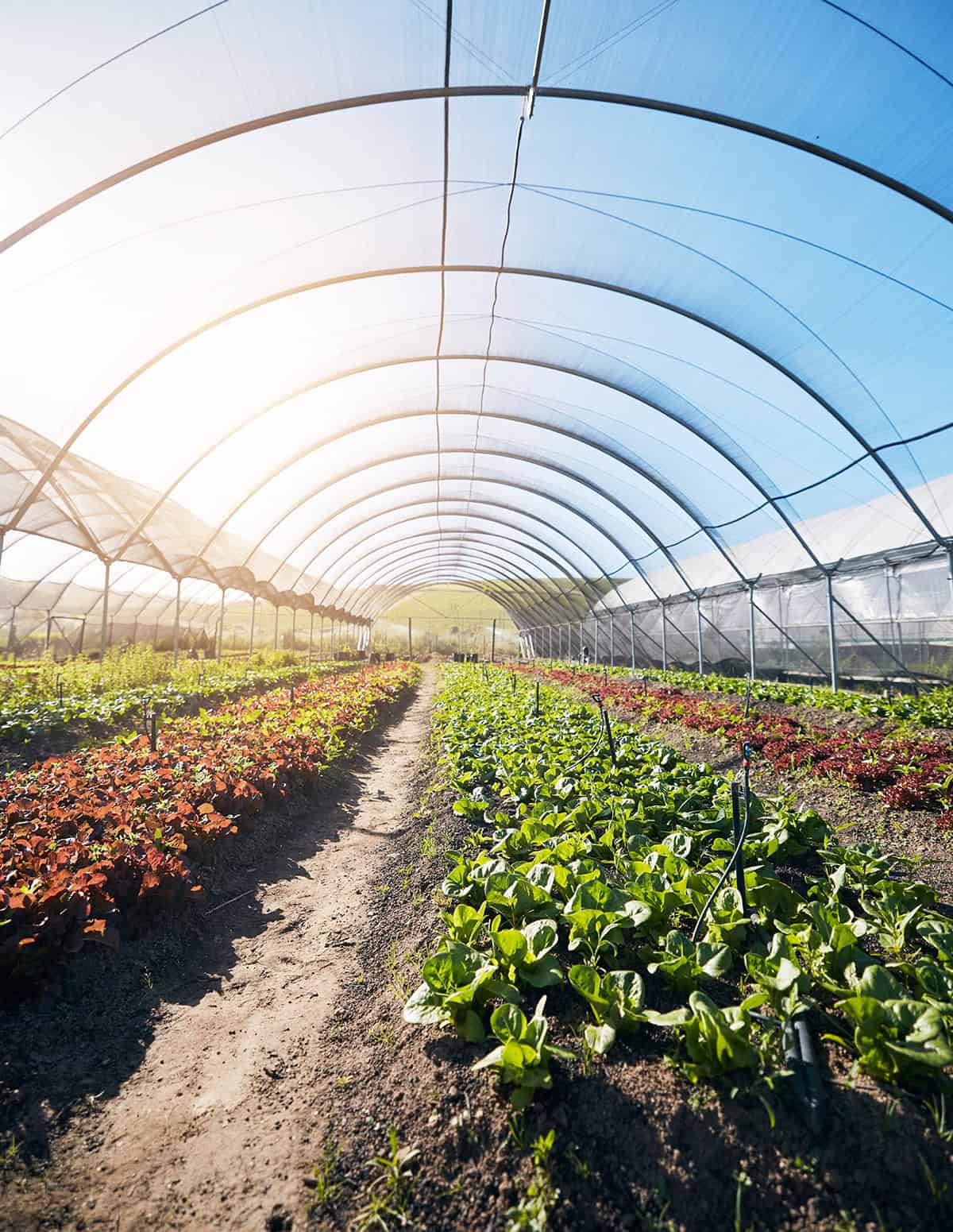
There’s a surprising variety of plants you can keep going year-round in a greenhouse. In winter, cool-season crops like lettuce, kale, spinach, and Swiss chard do well—they’re fine with lower light and chillier temps.
Early spring is prime time for starting tomatoes, peppers, and cucumbers from seed. As things warm up, toss in some beans and squash. Herbs like basil, cilantro, and dill usually take off as the weather gets milder.
Summer is when heat-lovers like tomatoes, eggplants, and peppers really shine. Melons, okra, and sweet potatoes can thrive during the hottest stretches.
Autumn’s good for another round of fast greens—think arugula, romaine, radishes. Carrots and beets often work for a late harvest, too.
For color and variety, a lot of gardeners mix in flowering plants like marigolds, petunias, and pansies with their veggies. Rotating what you grow each season keeps things interesting and the harvest steady.
Managing Light All Year
Light is a big deal for greenhouse plants. In winter, sunlight drops off, and the structure itself can block even more. Sometimes, plants end up with 40% to 70% less light than they’d get outdoors.
Supplemental lights—LEDs or fluorescents—can boost light levels. Some crops need longer days to stay healthy, so timers come in handy for consistency.
Dirty or aging greenhouse coverings block light, so give the glazing a good cleaning now and then. Swapping out yellowed panels helps, too.
Try moving plants closer to natural light, like along the south wall. Shade-lovers can go in the lower-light corners. It’s a bit of a puzzle, but you’ll see what works best.
Watch out for shadows from hanging baskets or equipment. Sometimes a quick rearrange can help spread light more evenly.
If you want to get technical, a light meter at plant height can tell you what’s really going on. Adjust as you spot dark spots or seasonal changes. A little monitoring goes a long way toward keeping everything growing strong.
Soil And Watering Needs
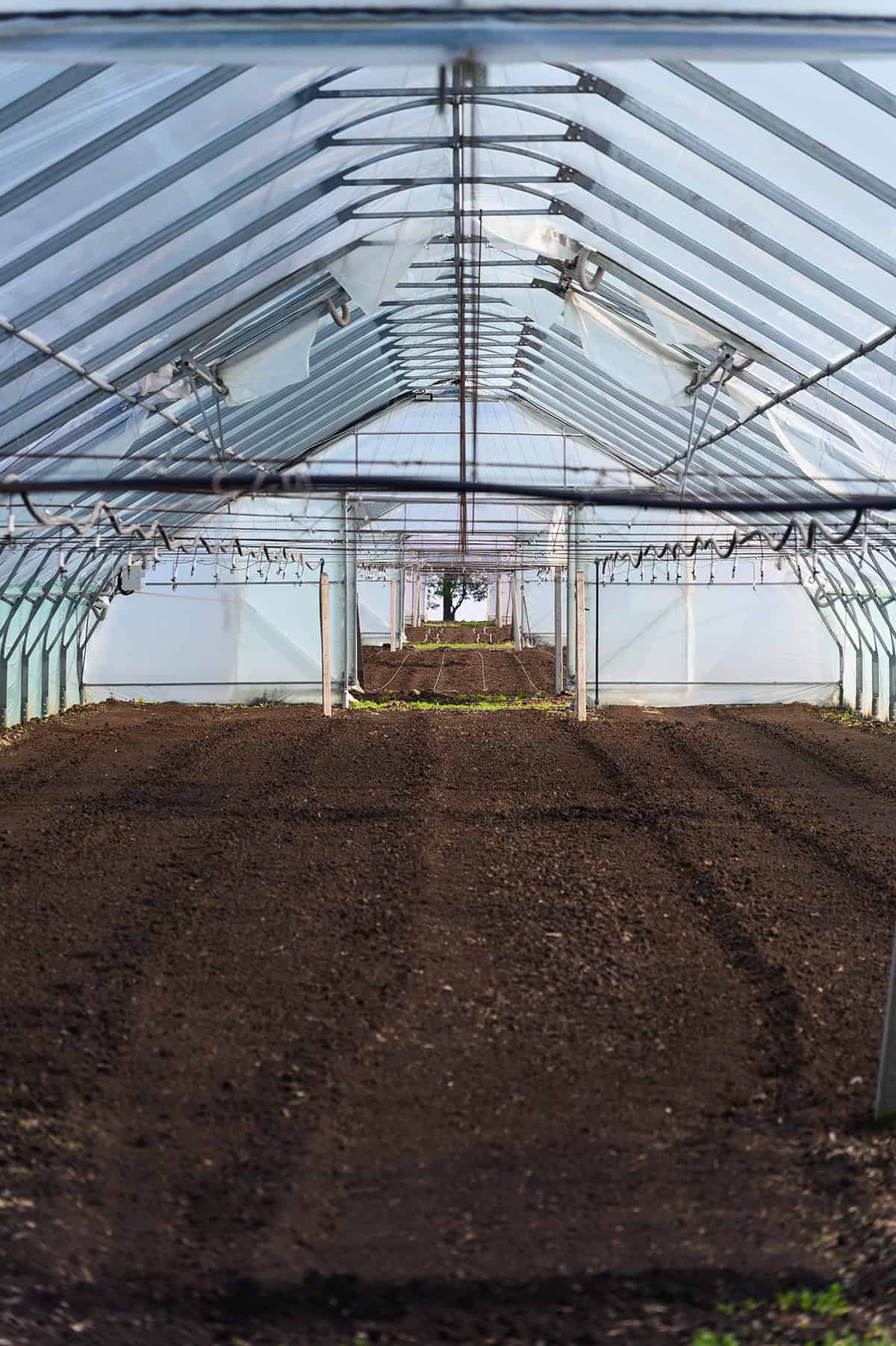
Soil quality inside the greenhouse makes a huge difference for year-round growth. You want something healthy, with good drainage and plenty of organic matter—compost or aged manure does wonders for roots.
Some veggies do better in sandy loam, others might like a bit of clay mixed in. Test your soil’s pH and tweak it if things seem off.
Watering is easier to control in a greenhouse. Some plants like frequent, small drinks; others are happier with a good soak less often. Check moisture with your finger or a basic meter.
Mulch—straw or compost—keeps soil moist and helps keep weeds down. Try not to let things dry out completely, but soggy roots are a problem, too.
Hand-watering and drip irrigation both work. Drip systems save time and water, and making a little well at the base of each plant helps water go straight to the roots.
Plants with big leaves or heavy fruit need more water, while seedlings use less. Adjust your routine as everything grows.
In winter, you can back off a bit since evaporation slows, but in the heat, greenhouse plants might need extra water. Keep an eye on things and change up your habits as needed.
Preventing Pests And Diseases
Pests and diseases don’t take a break just because plants are inside. Keeping the space clean helps lower the odds of an outbreak. Clear away plant debris and spilled soil, and wash tools and benches with soap or disinfectant now and then.
Fresh potting mixes and clean pots go a long way in keeping disease at bay. Be cautious about bringing in plants from outside—give them a good look-over first. Disease-resistant varieties can make life easier.
Crop rotation limits soil-borne issues. Switching up plant families each year helps, and covering the floor with gravel, concrete, or weed barrier keeps things tidier.
Integrated pest management (IPM) is pretty effective. Keep an eye out for early pest signs, remove affected leaves, and hand-pick bugs when you spot them. Beneficial insects can be a real help, too.
Weeds attract insects and harbor diseases, so keep them out. Destroy infected plant material away from your greenhouse, and use seeds from healthy sources to avoid new problems.
Managing temperature and humidity matters—good airflow discourages fungal diseases. Water in the morning so plants dry off by evening, and don’t overcrowd them so air can move around.
Seasonal Planting And Rotation Tips
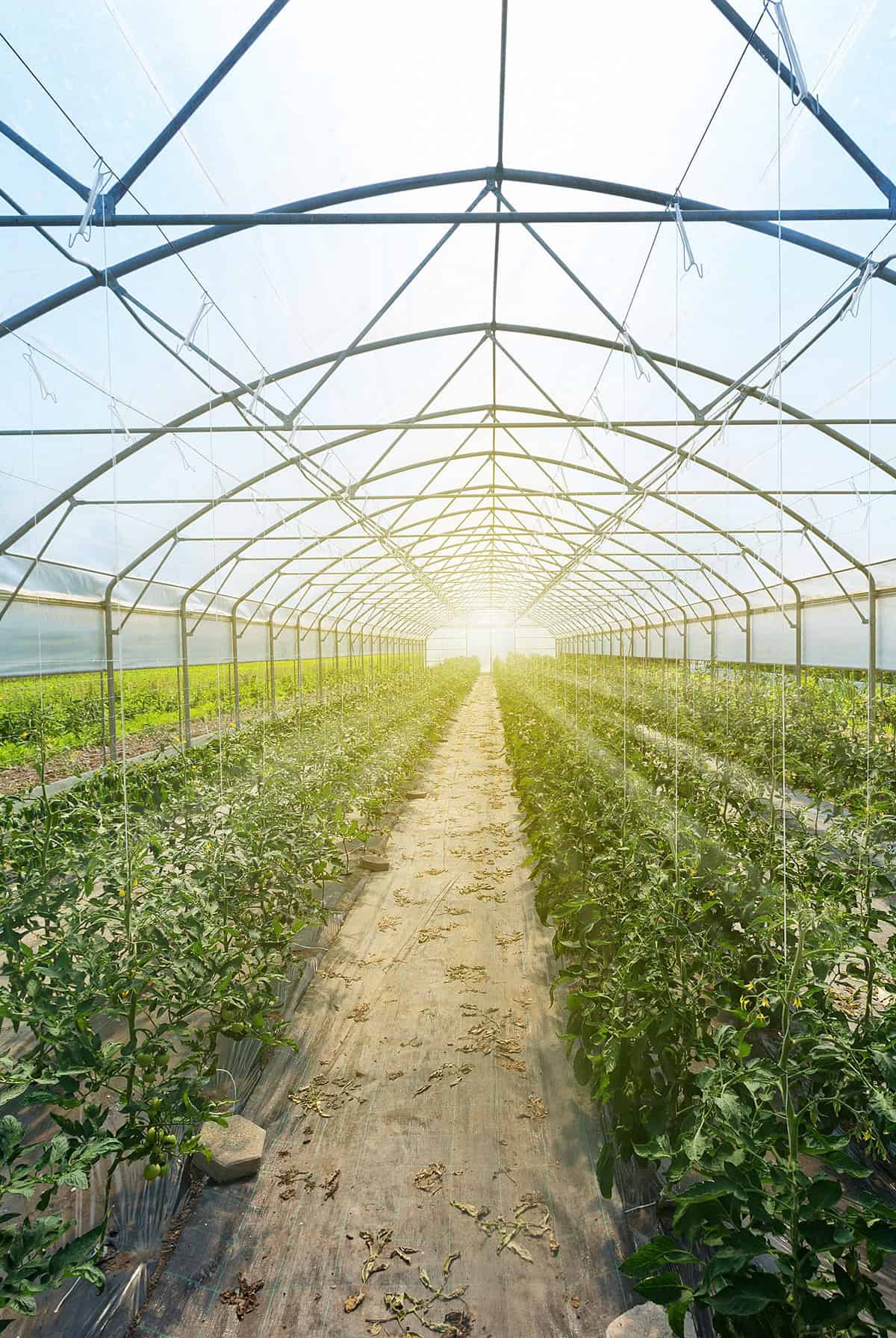
In a greenhouse, a bit of planning goes a long way—you end up squeezing in more harvests than you’d expect. Laying out a schedule keeps crops from fighting over space or draining the same patch of soil dry.
Rotating what you grow is honestly one of the best ways to dodge persistent pests and disease. Leaving the same plant family in one spot? That’s just asking for trouble over time.
Switching up plant families between cycles really helps. Say you’ve just finished a round of tomatoes, maybe toss in some leafy greens or beans next. This habit keeps nutrients more balanced, too.
Some crops, like lettuce and spinach, are happiest in cool weather. Others—peppers come to mind—crave extra warmth and are best saved for the hotter months.
Spacing out relatives in the plant world helps prevent soil exhaustion. Legumes, for instance, sneak in a bit of nitrogen that heavy feeders like tomatoes or cucumbers will appreciate later on.
Jotting down what you plant and where each season? That’s a lifesaver when you’re trying to remember what went where. It’s easy to forget, honestly.
Greenhouse management isn’t just about rigid schedules; it’s about paying attention. Sometimes you’ve got to tweak your plans when a crop grows faster—or slower—than you expected.
Pick varieties that actually like your climate and greenhouse setup. Getting the rotation and timing right? That’s what keeps everything ticking along, season after season.
